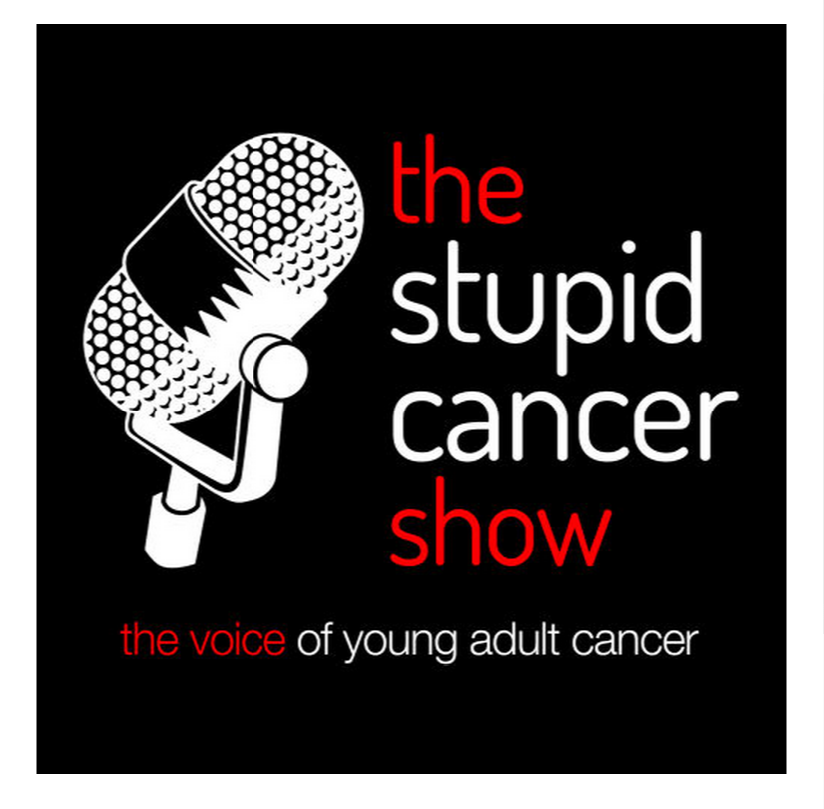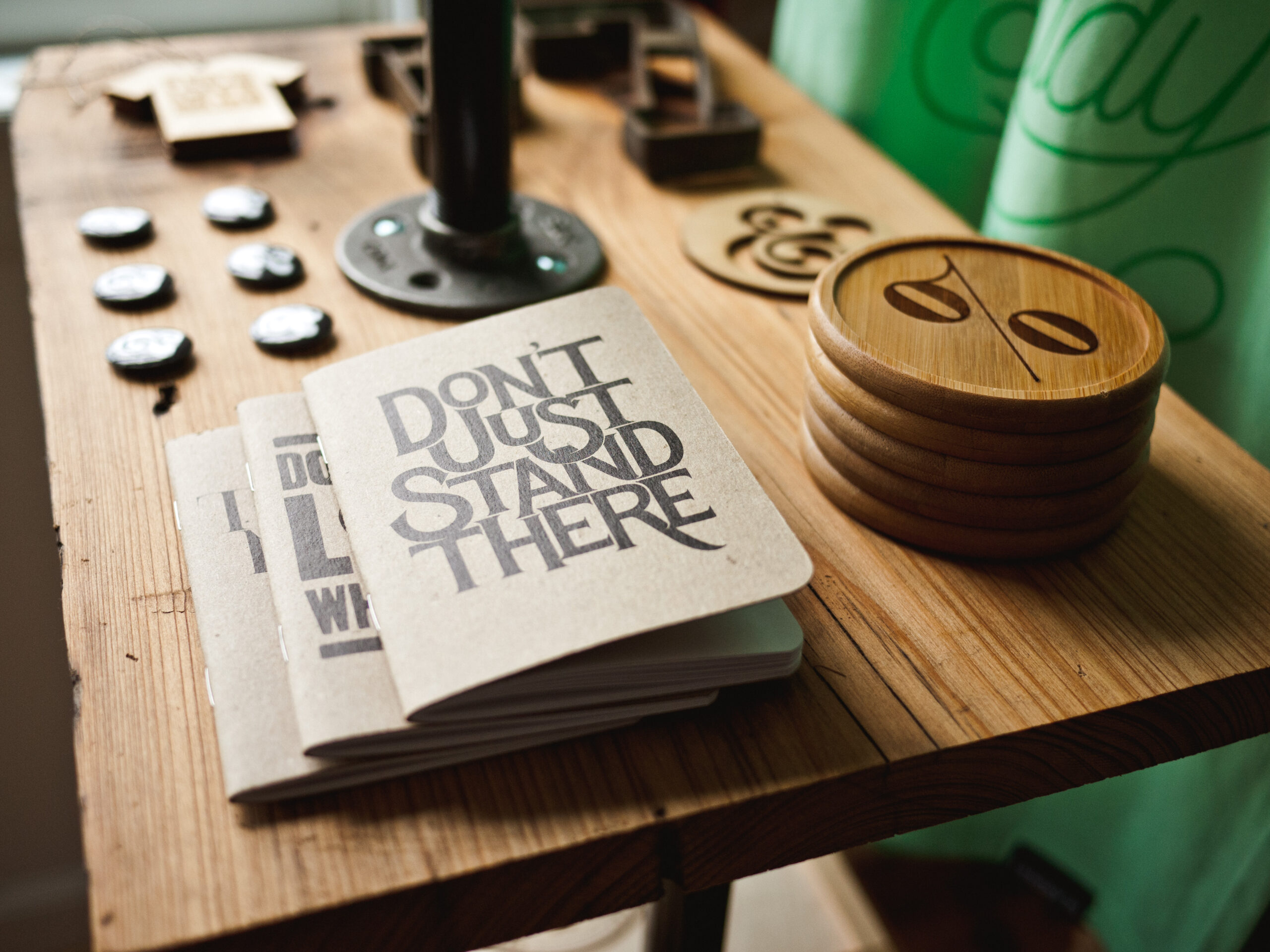Welcome to the comments and discussion of Chapter 4: Side Effects of the book, Planet Cancer! Catch up on Chapter 1: Diagnosis, Chapter 2: Getting Your C-Legs, and Chapter 3: Treatment!
Let’s get started! Chapter 4!
There are some parts of cancer that really suck. You can include side effects in that category. Honestly, once I read the titles of all the chapters, this was the one I was least looking forward to. Because really, who wants to remember the not-so-fun parts?
However, I was pleasantly surprised – this chapter was fantastic. Does it talk about all the gorey details? Yep. Puking, constipation, man boobs, chemo brain, and lots more. Does it offer outstanding advice and tips on how to manage your side effects? Yes! And then some.
As the chapter stated, there isn’t a cure-all for side effects that works for everyone. There are a hundred different things that you can try – some may work, some might not. But as the saying goes, you don’t know what you don’t know. So why not learn about as many ideas/tips as you can (especially the alternative terms for vomiting – fun!) and have them in your back pocket for when the time comes?
I should also note – this chapter is just as important for caregivers as it is for cancer patients. Knowing all the symptoms and side effects as a caregiver can greatly impact your care of the patient. I wish I had read this book when we were taking care of my aunt. It certainly would have made things easier to understand.
Side effects – I really like how the book structured this chapter to include different tips and advice from those who have been there. Having never had to deal with chemo myself, I can’t comment on all of the side effects and various ways to deal with them, but I do have to say that it seems that this chapter includes a lot of little details to help those undergoing chemo.
I was a little disappointed to see that the chapter did focus mostly on the chemo side effects since in my case I had a different type of treatment (surgery and then radioactive iodine) that had it’s own variations of the side effects described. The description of cancer-related fatigue really hit home for me as did the the idea of “chemo brain” – though in my case I tell people I suffer from “radioactive brain!”
I really enjoyed the little story at the end about “cyberchondria” – I could totally related to that! Dr. Google and I have gone from BFFs to sworn enemies (and then back to BFFs) throughout my cancer journey. I know all too much how easy it is to take one little issue or thought and google it to hell before coming up with the worst possible diagnosis ever. Glad to hear I’m not alone in doing that!
—
Thanks for joining us for our first book club of Planet Cancer! To see what you’ve missed, check out Chapter 1: Diagnosis, Chapter 2: Getting Your C-Legs, and Chapter 3: Treatment. Join in two weeks on Monday, August 17th for Chapter 5: Staying Sane.
If you’re just joining us, here are some logistics:
We will talk about a chapter each Monday until the book is done. Then, we’ll use one more Monday to talk about general feelings from the book and anything else you’d like to discuss. We’ll also have a great “meet the author” post coming up! Join in, in the comments every week! Also, there will probably be spoilers. Read along with us!


















